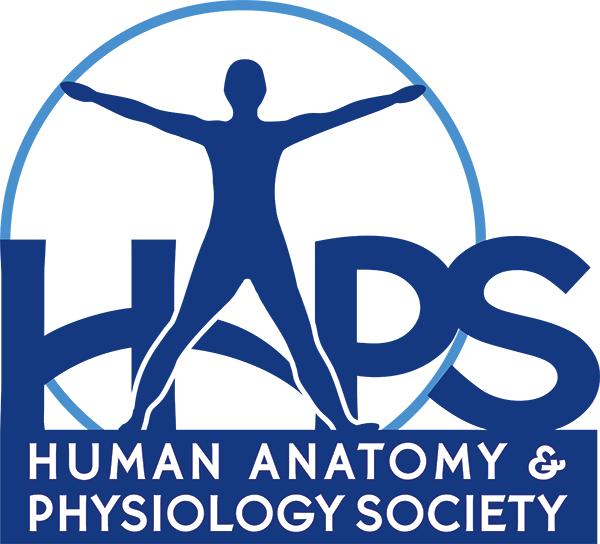Join Us at the HAPS 2017 Spring Regional
Get your taxes done early! We are planning a full day of update speakers, workshops, and poster presentations for Saturday, April 15 in Tyler Texas. Our morning update speaker will be Dr. Michael Beckstead, Associate Professor in the Department of…
